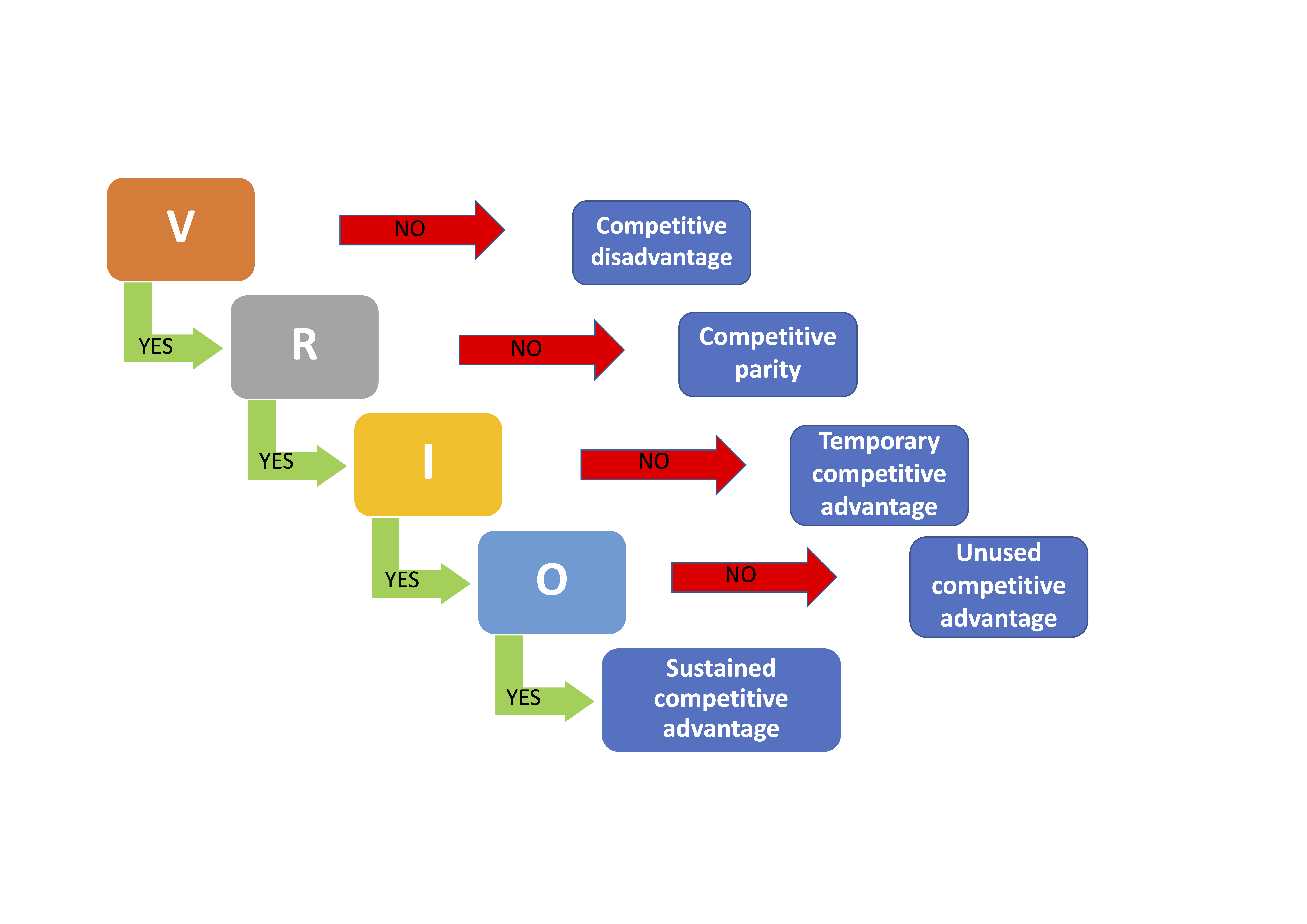Business Bites: Strategy planning with VRIO
VRIO is a tool that will help you to examine internal factors when you are looking at your possible strategies and plans. This could be as part of a SWOT and TOWS process.
When considering a VRIO analysis, we are identifying capabilities to compare. But what is a capability? It may be easiest described as: Capability = Resources + Competences
Here’s an example:
- Resource = new OCT
- Competence = well trained staff who can explain and operate the OCT
- Capability = ability to offer OCT scans to patients and hold these on file
Once you have identified your capabilities, this is where the VRIO comes into play.
VRIO stands for:
- Value: Do capabilities exist that are valued by patients and enable your business to respond to an opportunity or threat?
- Rarity: Do capabilities exist that no other/few competitors offer?
- Inimitable: Are the capabilities that you possess difficult (or expensive) for competitors to copy?
- Organisation: Is your organisation (business) appropriately organised to exploit your capabilities?
The VRIO, although described as an analysis, is really more of a flow that enables you establish what the level of your competitive advantage may be. Is it:
- Sustained competitive advantage
- Unused competitive advantage
- Temporary competitive advantage
- Competitive parity
- Competitive disadvantage
Let’s look at the flowchart below to see how we establish these.
 The only way to show sustained competitive advantage is to be able to answer yes in all of the above. An answer of no at any stage will lead to a different outcome as shown.
The only way to show sustained competitive advantage is to be able to answer yes in all of the above. An answer of no at any stage will lead to a different outcome as shown.
Depending on the outcomes, you can decide what the implications may be and how these will be reflected in your SWOT and TOWS.
For example, something that comes back as a competitive disadvantage or even competitive parity could be seen as weaknesses.
In fact, you may feel that sustained competitive advantage and temporary competitive advantage in an area are the only outcomes that would be considered strengths.
In the case of unused competitive advantage, you will need to do further analysis and work to establish why, as a business, you are not yet ready to capitalise on this capability.
You will recall from SWOT analysis that both PESTEL and Five Forces consider external factors whereas VRIO considers internal factors.
Porter’s Five Forces looks at:
1. Threat of new entrants
2. Supplier bargaining power
3. Customer bargaining power
4. Threat of substitute products/service
5. Competitive rivalry
PESTLE looks at:
- Political factors: Leadership competition; elections
- Economic factors: interest rates; economic growth; recession; Investment availability; borrowing
- Social factors: Health threats; social unrest; social mobility; healthcare
- Technology factors: Innovation; automation
- Legal factors: health and safety; new legislation; competition law
- Environmental factors: pollution, waste disposal
VRIO looks at:
- Valuable: are your goods/services deemed valuable by your customers and competitors?
- Rare: do you offer homogeneous goods/services or are they unique?
- Inimitable: could your competitors copy what you offer/do?
- Organised: are you as a business in a place to maximise the value of the above?
The factors established are all brought together in your TOWS. Where the SWOT can help to identify areas for focus, the TOWS starts to form actions you will take.
The following is a TOWS template:

The areas shown in green are External Factors to your business/project (from 5F and PESTEL). The areas shown in blue are Internal Factors to your business/project (from VRIO). In a TOWS analysis, we are concerned with the areas in yellow (the relationship between the internal and external factors).
By focusing on the internal and external, the positive and the negative, TOWS offers a simple way to form actions that will improve your current position and show the way forward in key areas. You are aiming to exploit your positives and minimise your negatives.
Bringing all of the tools together when forming your strategy you will utilise the following:
Porter’s 5F + PESTEL + VRIO to form your SWOT and then your TOWS and – finally – your strategic plan.